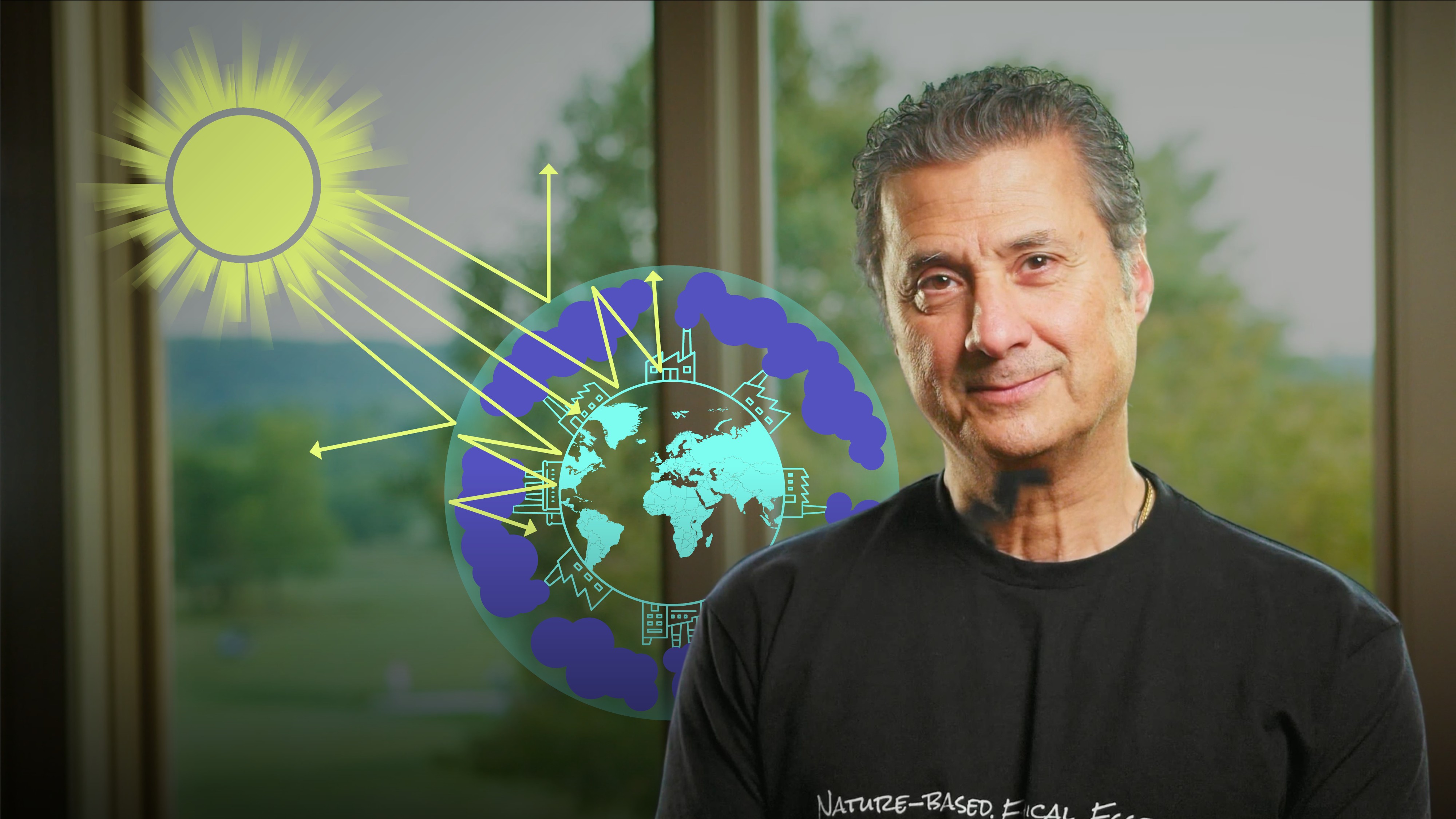
The Services and Function of Nature Markets

Ralph Chami
CEO & Co-founder: Blue Green Future
In this video, Ralph explores the shortcomings of our current economic model, emphasising its environmental impact and the impending threat to biodiversity. He introduces the concept of nature markets, innovative tools that assign monetary value to nature's services, creating a vital link between ecological priorities and economic incentives. Breaking down the structure of nature markets into categories such as 'Intrinsic,' 'Credit,' 'Asset,' and 'Derivative' markets, he further reveals their staggering current worth of $9.8 trillion, equivalent to 11% of the global GDP.
In this video, Ralph explores the shortcomings of our current economic model, emphasising its environmental impact and the impending threat to biodiversity. He introduces the concept of nature markets, innovative tools that assign monetary value to nature's services, creating a vital link between ecological priorities and economic incentives. Breaking down the structure of nature markets into categories such as 'Intrinsic,' 'Credit,' 'Asset,' and 'Derivative' markets, he further reveals their staggering current worth of $9.8 trillion, equivalent to 11% of the global GDP.

The Services and Function of Nature Markets
11 mins 15 secs
Key learning objectives:
Understand the limitations of the current growth system
Understand the concept of nature markets and their structure
Outline the current state of nature markets as well as their potential
Overview:
Our current growth-focused economic model often overlooks the repercussions on our environment, leading to issues like potential species extinction. To counter this, nature markets are gaining traction, serving as tools to assign a monetary worth to the irreplaceable services nature offers, creating a connection between ecological priorities and economic incentives. These markets originate from identifying and appreciating 'ecosystem services', ranging from tangible benefits like carbon absorption by trees to intangible ones like mood-boosting landscapes. Transitioning to mature markets requires a quantification of these services. Nature markets manifest in several forms, encompassing 'Intrinsic' markets, 'Credit' markets aimed at conservation incentives, and the more intricate 'Asset' and 'Derivative' markets. By 2023, their influence cannot be ignored, with nature markets achieving a staggering value of $9.8 trillion. This underscores the untapped economic reservoir embedded in conserving and appreciating our natural environment.

Ralph Chami
There are no available Videos from "Ralph Chami"





















